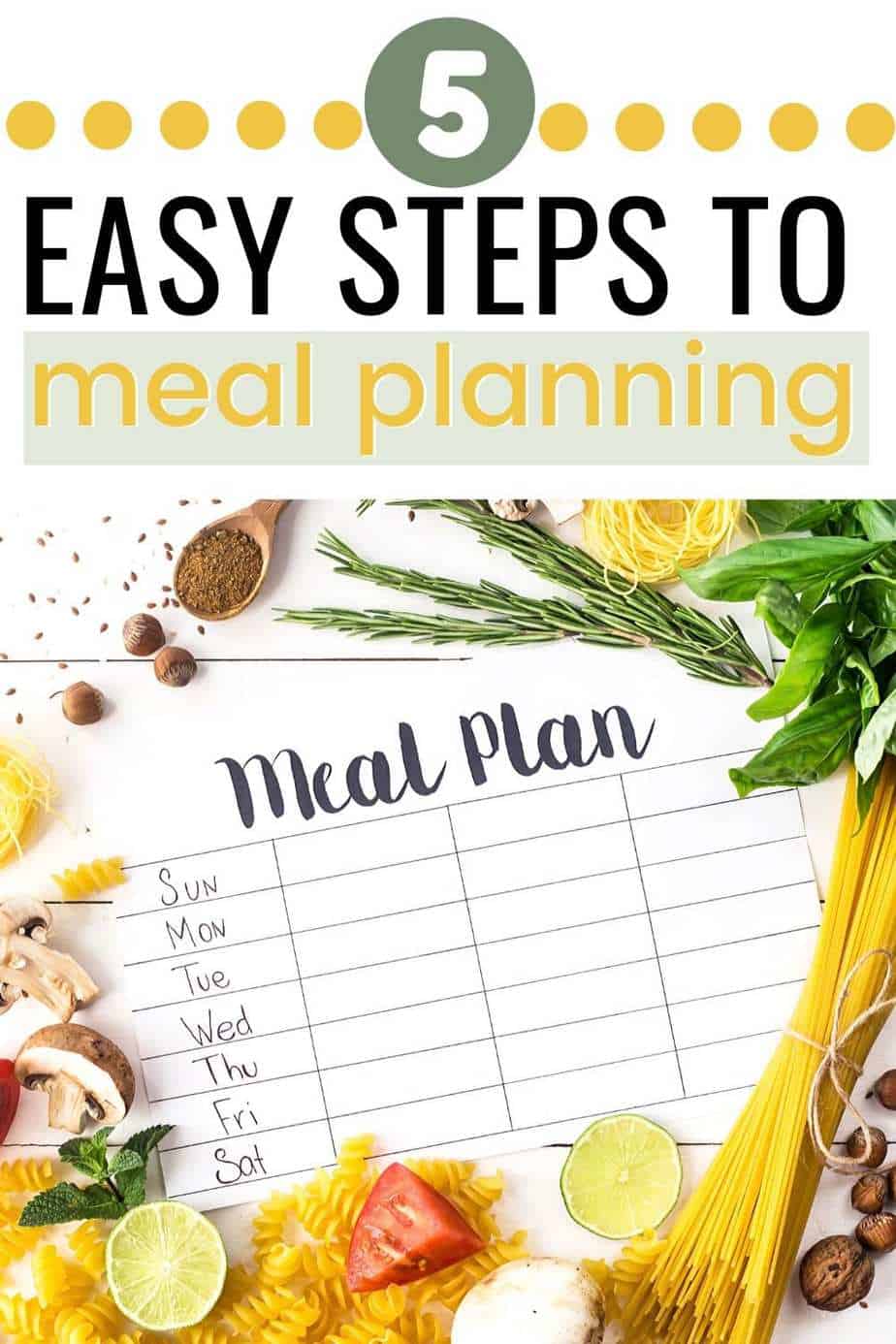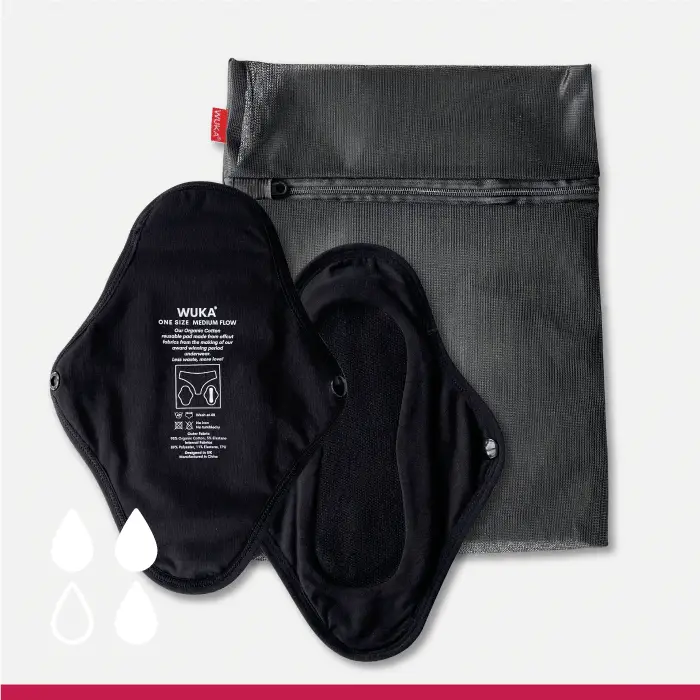Simple Steps To Save Money Meal Planning
Posts contain affiliate links, see disclosure for more details.
Do you ever get to mid afternoon and realise you haven’t thought about what to have for dinner, look through your fridge and cupboards, but can’t find anything you fancy doing for dinner? Then order a takeaway?
Hopefully that’s not just me!
Or maybe you end up doing lots of expensive top up shops because you didn’t get everything you ended up needing during your main shop.
Meal planning can help.
It’s one of the easiest and most effective ways to start saving money and reduce your grocery spend. If you feel like you’re overspending on food or want to free up some extra money for other areas of your budget, meal planning is a great place to start.
Related reading: 13 Easy Ways To Drastically Cut Down Your Grocery Spend >>
What Is Meal Planning?
Pretty much exactly what it says on the tin. Meal planning just involves deciding what you’re going to have for each meal in advance, shopping accordingly and then sticking to the plan.
You can choose to meal plan for every meal, or just some; personally, I only plan specifically for evening meals.
Breakfast it’s easy to just have a few boxes of cereal, and for lunch I just make sure we’re stocked up on things like bread, cheese, soup and fruit.
I find it’s the evening meals that involve the most thought and cause the most waste generally.
However, if you’re good at planning for every meal and even snacks, you can increase your savings even more!
How To Start Meal Planning
This might not work for everyone, but what we’ve done is written down a list of all the meals that we have regularly and built that up so we’re not constantly repeating the same meals too closely together.
Now we have this ‘bank’ of meals, we can easily look to that for inspiration, and add to it when we have new ideas.
Step 1 – Check Your Supplies
The first thing that I do when meal planning is look through the fridge and cupboards to see what we already have and see if there’s anything that needs using up.
If there is, I plan meals around that, so we don’t end up throwing things away.
Tip: Keep all your essential supplies in stock.
These will vary from person to person depending on your cooking habits but could include:
- Flour
- Sugar
- Yeast
- Oil
- Vinegar
- Rice
- Pasta
- Oats
- Tinned goods (ie: chopped tomatoes, beans)
- Lentils
- Dried herbs
- Spices
Step 2 – Choose Meals
After that, choose the rest of your meals for the week. This is where we just pick from our list. You obviously don’t have to have a list but it’s just something that I find makes it easier.
I’m one of those people who will just stand there saying I can’t think of anything to do for dinner, so it works for me!
Each week (or whatever interval works best for you), map out which meals you’re planning to have and add them to your planner.
A notebook will do, or you can find loads of meal planners on Amazon if you want something reusable – I like the whiteboard style like this so you can just wipe off and update each week.
If you prefer putting pen to paper these beautiful family planners have space for meal plans and removable shopping lists as well as space for all your diary events!
Make sure you note days when you’re going to be out so you don’t end up meal planning for days you don’t need to!
You don’t need to have each meal on the exact day you’ve written it down for – it’s no fun to be completely inflexible! You do need to make sure to check the dates on food though, so that if you do shift things around the food doesn’t go off before you eat it.
Step 3 – Write A Shopping List
You can then use your completed meal plan to write your shopping list. If you know exactly what you need to buy for each meal, this stops you buying unnecessary extras in the shop and will reduce your food waste.
Don’t forget to add snacks to your shopping list too, so you don’t add things spontaneously in the shop and spend more than planned.
If you have supermarket cashback apps installed on your phone you can check to see if there are any cashback offers for anything on your list, or if there’s a 100% cashback freebie you want to try.
Step 4 – Shop!
Now, when you do go and buy your shopping, you only buy what you need which saves on your grocery spend. You have everything you need to make the meals you planned so you don’t need to run out for ‘top -ups’, and if you have any leftovers/overspill you incorporate them into your next meal plan, saving on food waste.
Job done!
If you want to save even more on your grocery spend you could also try a brand changing experiment to see if switching to less expensive brands is less of a compromise than it sounds.
It’s really easy to try – just take a look at what you’re buying branded versions of and see if there’s a cheaper or unbranded version of the same thing you can buy instead.
If you try it and don’t like the cheaper version, no problem, you can just switch back to your usual brand next time. However, you’ll probably find that there are some things you really don’t notice the difference and can continue with the cheaper brand to save money.
One of the best savings we’ve made is switching from Weetabix to the supermarket own brand version. It’s SO much cheaper and tastes just as good. You just need to find what works for you.
Step 5 – Batch Cooking
This isn’t essential for meal planning, but another thing that can help save time and money is batch cooking. Bigger packs of things such as mince are often cheaper per kg than smaller packs.
Make up a big batch of whatever it is you’re doing (things like Bolognese, chilli and even soup work really well), divvy it up into portions and freeze.
Freezer bags like this work well, especially if you have limited freezer space and can be reused. Batch cooking also gives you days where you can just defrost and don’t have to cook, so it’s win-win.
Meal prepping is another great way to save a lot of time cooking – here’s how to meal prep for beginners.
Final Thoughts
Meal planning like this should help to reduce the amount of money you need to budget for your food shop.
Give it a try and keep track of what you spend and see how much you manage to save on your shopping – I’d really love to hear if it makes a difference for you.
You can even make more money after your grocery shopping trip by installing receipt apps to your phone. All it involves is spending 20 seconds after each shopping trip taking a quick photo of your receipt and uploading it – when you’ve uploaded enough receipts you’ll earn a cash payment or gift card.
Related Reading:
- 5 Steps To Eat Well On a Budget >>
- 17 Things To Cut From Your Budget To Save Money >>
- The Ultimate Collection Of Money Saving Tips >>
Pin it!









Awesome, and so refreshing. We couldn’t have said it better ourselves. We too do meal planning and it has been a money and time saver. Thanks for the tips